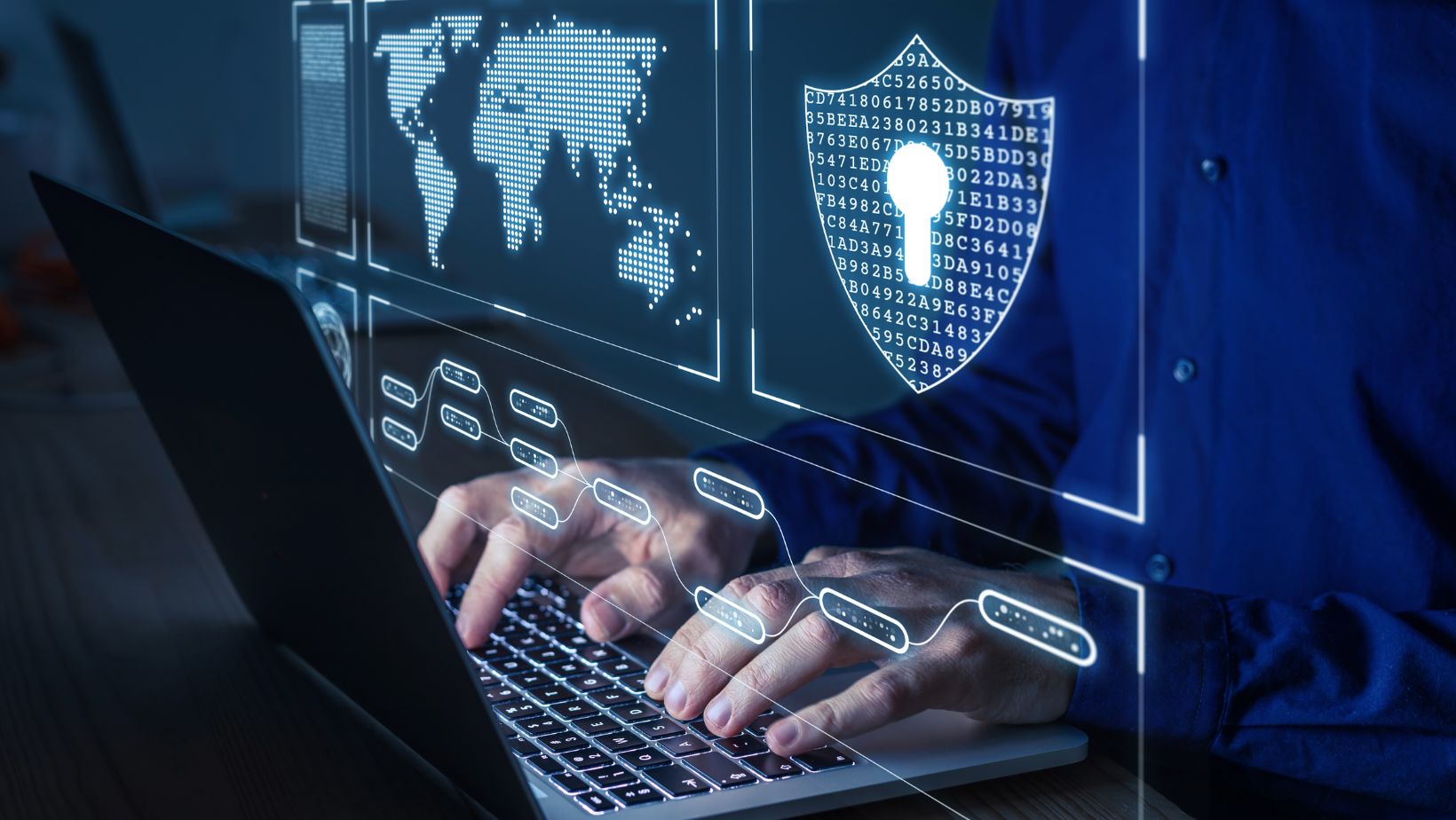As cyber threats continue to evolve in complexity and frequency, organizations must take proactive steps to safeguard their digital assets. Evaluating the effectiveness of cybersecurity measures is crucial in this landscape, as it enables companies to identify vulnerabilities, assess their response capabilities, and implement improvements. This article aims to provide a comprehensive guide on how to systematically review your cybersecurity strategies, ensuring that they not only meet current defenses but also align with best practices and regulatory requirements. By understanding the strengths and weaknesses of your cybersecurity posture, you can better protect your organization from potential breaches and enhance your overall security strategy.
Understanding Your Current Cybersecurity Framework
To evaluate the effectiveness of your cybersecurity measures, begin by mapping out your existing framework. This involves documenting the policies, technologies, and protocols currently in place. Understanding this framework allows you to pinpoint where your security posture stands in relation to industry standards and benchmarks. You should also consider how these elements are integrated, as a cohesive cybersecurity strategy is more effective than isolated measures.
It’s important to engage stakeholders across your organization, including IT staff, management, and even end-users. Their insights can provide a clearer picture of how effective your current measures are and where potential oversights might exist. Armed with this information, you can create a baseline from which to measure improvements and address gaps. Whether you’re looking for a top cybersecurity provider or in-house solutions, evaluating your existing framework should be the first step toward improving your security posture. It’s essential to understand what works and what doesn’t before moving forward.
Conducting a Vulnerability Assessment
Once you have outlined your existing cybersecurity framework, the next step is to conduct a comprehensive vulnerability assessment. This process involves identifying weaknesses in your systems, applications, and network configurations that could be exploited by attackers. Tools such as vulnerability scanners can aid in this process by providing automated reports that highlight potential risks.

While technology plays a key role, human factors should not be overlooked. Encouraging employees to participate in regular cybersecurity training can identify areas of concern that are not adequately addressed by technology alone. Coupled with automated assessments, this holistic approach ensures that both technical and human vulnerabilities are effectively evaluated.
Testing Your Incident Response Plan
A crucial aspect of evaluating your cybersecurity measures is ensuring your incident response plan is frequently tested and updated. Simulated attacks, or tabletop exercises, can help your team practice their response to various potential cyber threats. These drills aim to assess how well your team functions under pressure and identify any weaknesses in the current plan.
It’s essential to review the outcomes of these exercises rigorously. By analyzing both the response time and the effectiveness of the actions taken, organizations can refine their incident response protocols. This continuous improvement process not only prepares your team better but also builds confidence in your overall cybersecurity strategy.
Monitoring Threat Intelligence
Effective cybersecurity is not a static endeavor; it requires constant vigilance and adaptation. Monitoring threat intelligence allows organizations to stay informed about emerging threats and vulnerabilities relevant to their industry. By subscribing to threat intelligence services, companies can receive regular updates on the latest cyber threats, ransomware strategies, and attack vectors.
Integrating this threat intelligence with your existing security operations can significantly bolster your defense mechanisms. Techniques such as threat modeling enable organizations to proactively assess potential risks and adjust their strategies accordingly, ensuring they are not just reactive but also proactive in their cybersecurity efforts.
Regularly Evaluating Compliance Requirements
As regulations surrounding cybersecurity continue to evolve, it is imperative for organizations to regularly review their compliance with industry standards and regulations. This includes frameworks such as GDPR, HIPAA, or PCI-DSS, depending on your sector. Compliance not only involves meeting legal requirements but also ensures that you are adhering to best practices in cybersecurity.

Conducting compliance audits can reveal gaps in your adherence to these standards. By addressing these gaps, organizations can not only enhance their security posture but also minimize the risk of legal repercussions and reputational damage. Regular reviews also demonstrate commitment to maintaining high-security standards for customers and stakeholders alike.
Emphasizing Continuous Education and Training
Cybersecurity is an ever-evolving field, requiring organizations to emphasize the importance of continuous education and training for their employees. Regular training sessions help ensure that staff members stay informed about the latest security threats, social engineering tactics, and proper security protocols. Empowering employees with knowledge is a key defense against cyber threats.
Fostering a culture of cybersecurity awareness within the organization also enhances overall resilience. Encourage employees to report suspicious activities and provide incentives for proactive behavior. By involving everyone in the cybersecurity process, organizations can create a more robust defense against potential breaches.
Evaluating the effectiveness of your cybersecurity measures is an ongoing process that requires a combination of technical assessments, continuous improvement, and proactive efforts. By understanding your current framework, conducting vulnerability assessments, testing incident response plans, monitoring threat intelligence, reviewing compliance requirements, and emphasizing continuous education and training, organizations can strengthen their security posture and better protect their digital assets.
